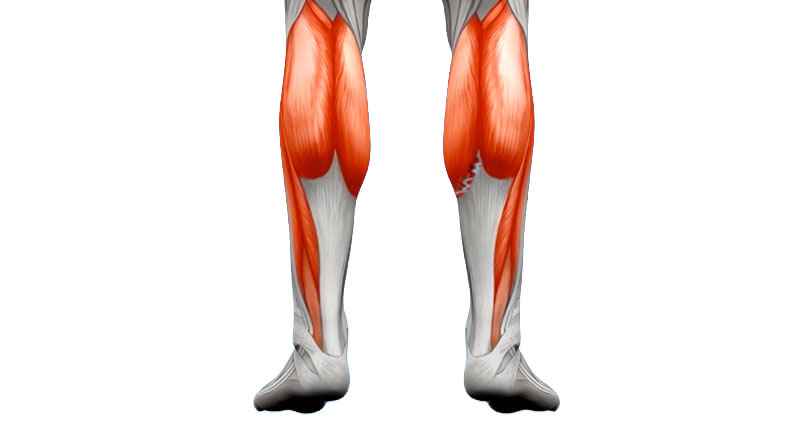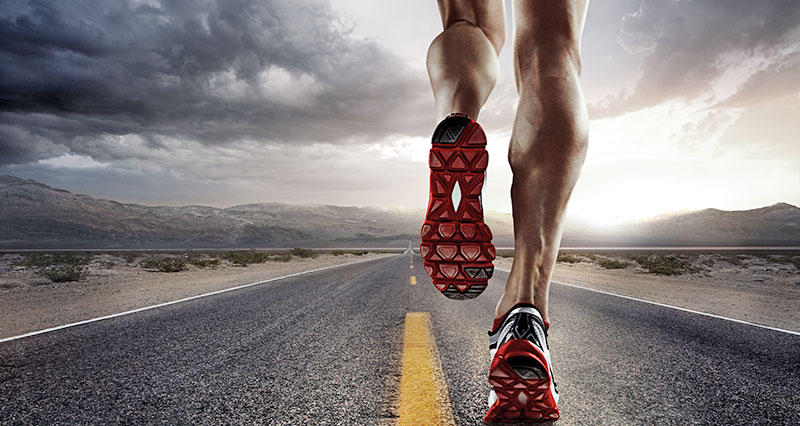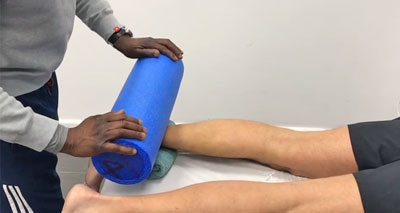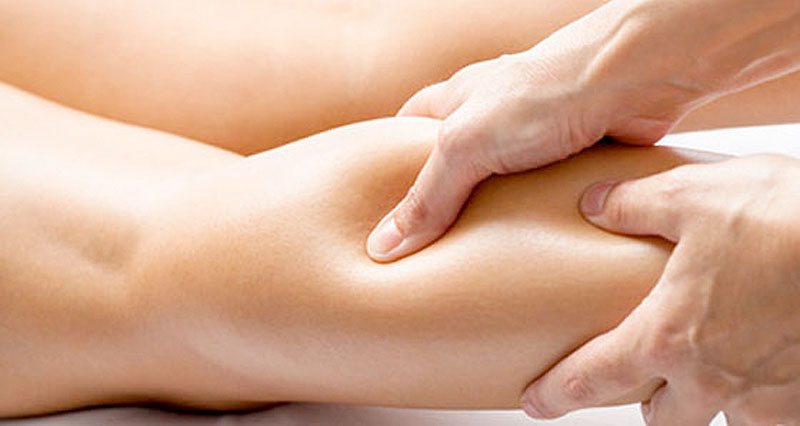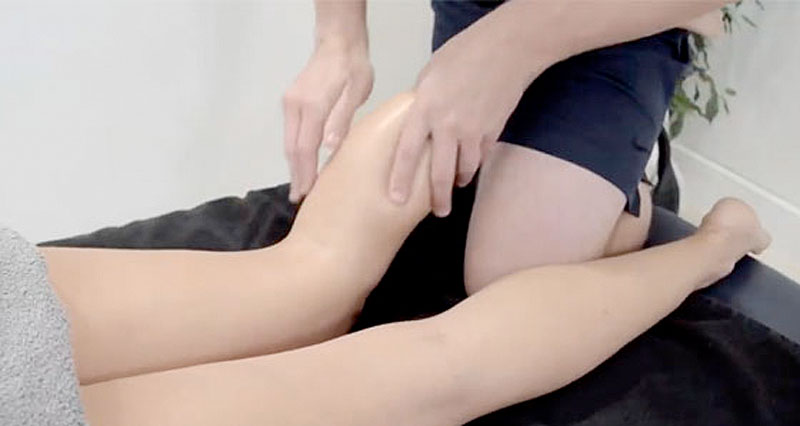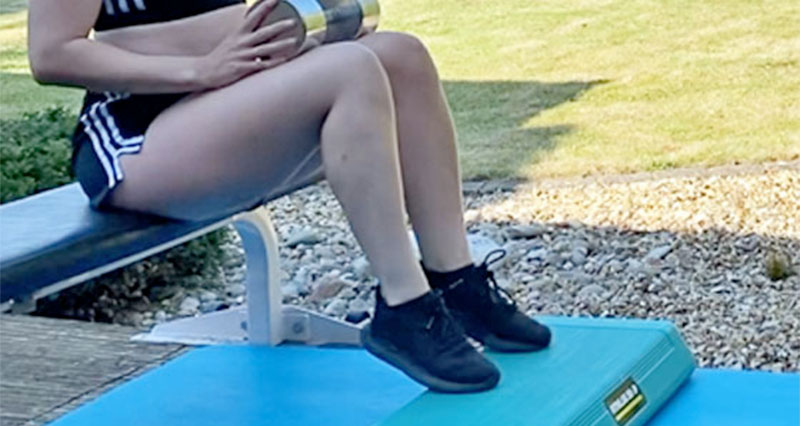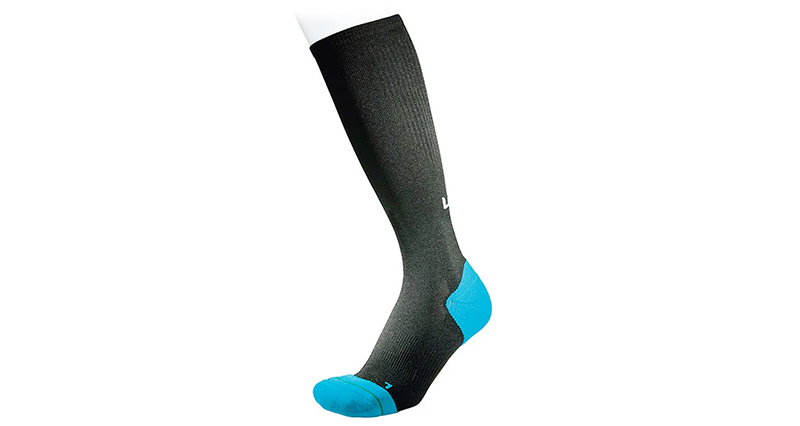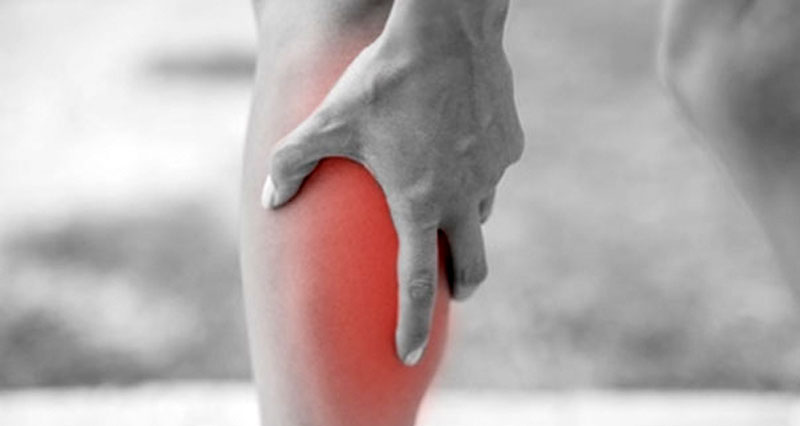Here we explain and demonstrate simple sports massage techniques for the calf muscles and lower leg. Massage forms part of our full Calf strain rehabilitation program and also helps mitigate the risk of sustaining calf strain injuries.
Massage contraindications
A contraindication is something that means massaging the calf muscles is not safe to perform or may cause more harm. In particular, when massaging the calf muscle, you should be aware of:
Acute muscle strains
Massage should not be applied to recent muscle strains. During the first 24 to 72 hours following a calf strain applying massage will make your injury worse, increase bleeding and prevent healing.
How long the acute stage lasts will depend on how bad your injury is.

Paper Couch Rolls
Deep vein thrombosis
This is also known as DVT. This is a blood clot in the calf muscle area. Symptoms may be similar to a torn calf muscle, however, DVT pain is more likely to be constant.
If in doubt seek medical advice as soon as possible. If you massage a blood clot, it might break loose with potentially fatal consequences. DVT is relatively common, especially if you are overweight, aged 50+, or have poor circulation.
- View all massage contraindications
Why is massage important?
Massage for any muscle injury is important, but particularly so for calf muscles. After the acute stage of healing has passed, massage will help stimulate blood flow, mobilise the muscle fibres, and release areas of muscle spasm.
Another major benefit of massage, particularly in the later stages, is to soften newly formed scar tissue and help align new fibres.
Once you have recovered from the injury then you should continue to have a regular massage. A skilled massage therapist can identify tight areas of the muscle, which if left may risk causing future injury.
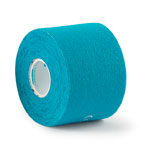
Buy Kinesiology Tape
How to massage the calf muscles
The following is for information purposes. We always recommend seeking professional advice before attempting treatment.
Time needed: 30 minutes
How to massage calf muscles
- Check for contraindications
Always check for contraindications, especially Deep vein thrombosis to ensure it is safe to perform sports massage.
- Positioning
Position the patient on a firm base, preferably a massage table. Lie face down with the feet relaxed, either by supporting them with a rolled towel or allowing the feet to hang over the end of the massage table.
- Light effleurage
Begin with ‘effleurage’ techniques. These are light stroking techniques that begin to warm up the tissues ready for deeper techniques.
- Deep effleurage
As above, but gradually working deeper into the tissues. Do not go so deep that the patient tightens up with pain as the benefits will be lost.
- Petrissage
These are a variety of kneading-type techniques. Work as deep as is comfortable. Over time, as the injury improves massage pressure can be increased. Alternate petrissage techniques with effleurage.
- Tapotement
These are optional percussion-type techniques. Some therapists may choose to use them, but probably only in the later stages of recovery.
- Finishing
Return to light effleurage techniques to complete the massage.
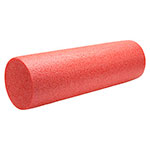
Foam Rollers
